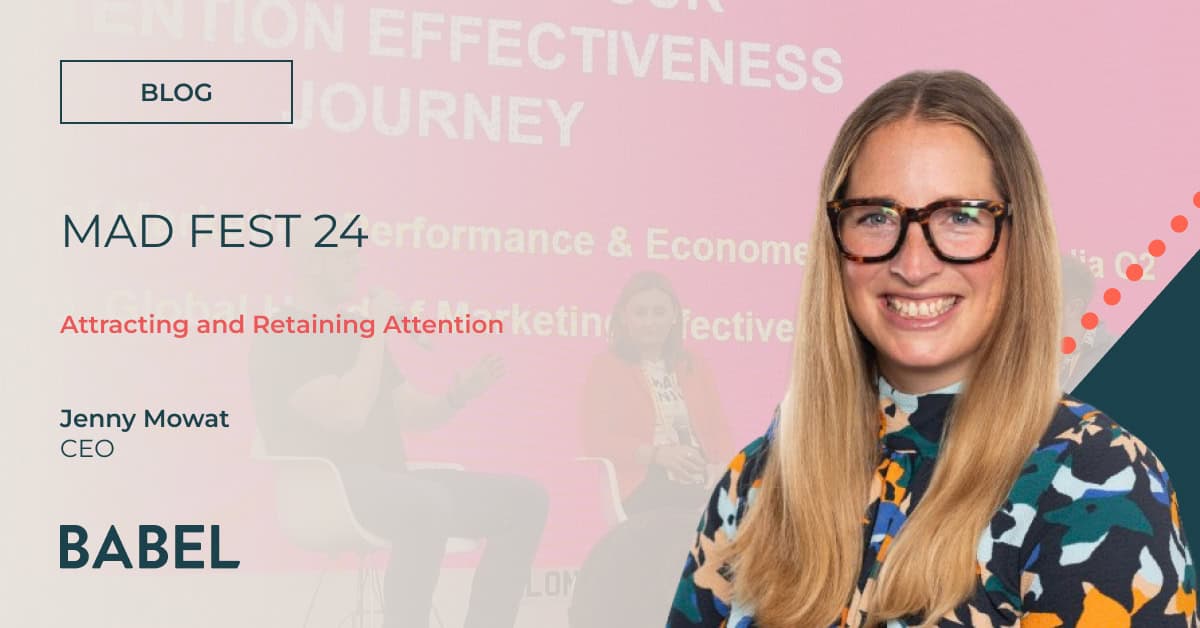Hacking into CeBIT
Following shortly behind the technology-focussed Mobile World Congress (MWC) in Barcelona, and broadcast-focussed CABSAT in Dubai, both earlier this month, CeBIT – the world’s largest and most International computer trade fair – has come and gone for 2015.
Held each year at the world’s largest fairground in Hanover (the size of London’s Regent’s Park), the computing world and his technical wife descend upon Germany’s thirteenth largest city to catch up on the latest innovations and state-of-the-art information technology.
CeBIT originally started off as the computing arm of the much larger industry trade show, the Hanover Fair. First established in 1970, by the mid-1980s – only fifteen years later – the IT and telecommunications sectors had put so much strain on the fair’s resources that four weeks before the 1986 Hanover Fair, they were given their own separate tradeshow. And so the CeBIT expo was born, or technically delivered.
Despite seeing a decline in attendance in the early 2000s, the growth of the show has risen to the heights of 750,000 attendees, and back down to a much more manageable 200,000, which was a 6% growth on 2014. This year’s show included some 3,300 exhibitors from 70 nations, all vying for the CeBIT spotlight.
The major topics of this year’s CeBIT follow very much in the footsteps of MWC with subjects such as Big Data, the Internet of Things (IoT), mobile and security all playing significant roles. The designated theme for this year’s show, ‘d!conomy’, marries the digitised economy which is another hot topic for 2015, and also reflects the IoT theme.
One particular highlight of the show this year was a presentation by the world’s most notorious hacker, Kevin Mitnick, famous for having once graced the FBI’s Most Wanted list after successfully hacking 40 major corporations just for the ‘challenge’.
Kevin now heads up The Global Ghost Team™, maintaining a one hundred percent success rate at being able to penetrate even the most impermeable. As a trusted security consultant, Kevin is now paid to hack and uses an interesting combination of technical exploits and social engineering. The latter of which is incredibly interesting.
‘Social engineering’ basically means the exploitation of computers’ biggest weakness – the humans that operate them. By the clever use of manipulation techniques to lull unsuspecting employees into divulging their source codes and passwords, and by disguising malware as legitimate trusted downloads, Mitnick is able to hack even the most “secure” corporations.
Even as a professional hacker now, Mitnick claims that no antivirus software is totally effective against him and his team, even renowned brands such as McAfee.
With security proving to be a hot topic for the IT and mobile industry at the moment, in lieu of the much publicised hacking scandals, CeBIT provided security-focussed vendors with the perfect platform to promote their secure solutions for the discerning customer.
By this time next year, with the aim to keep Mitnick out, hacking might be packing its bags and individuals and corporations alike can take a secure sigh of relief once and for all.
See you in a bit, CeBIT.





